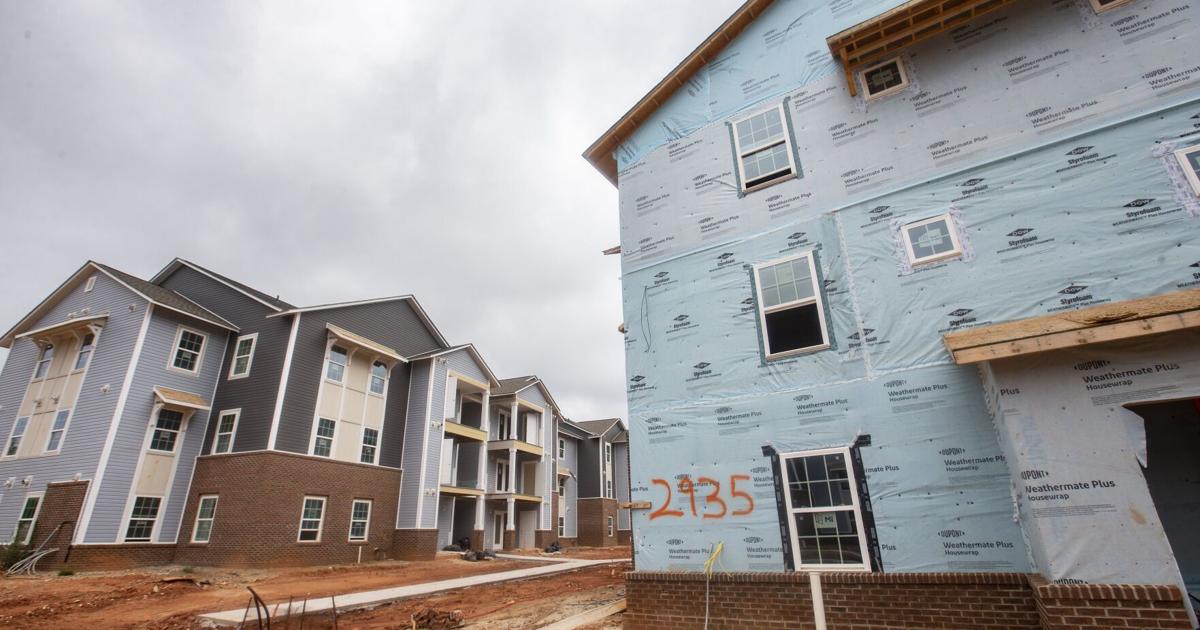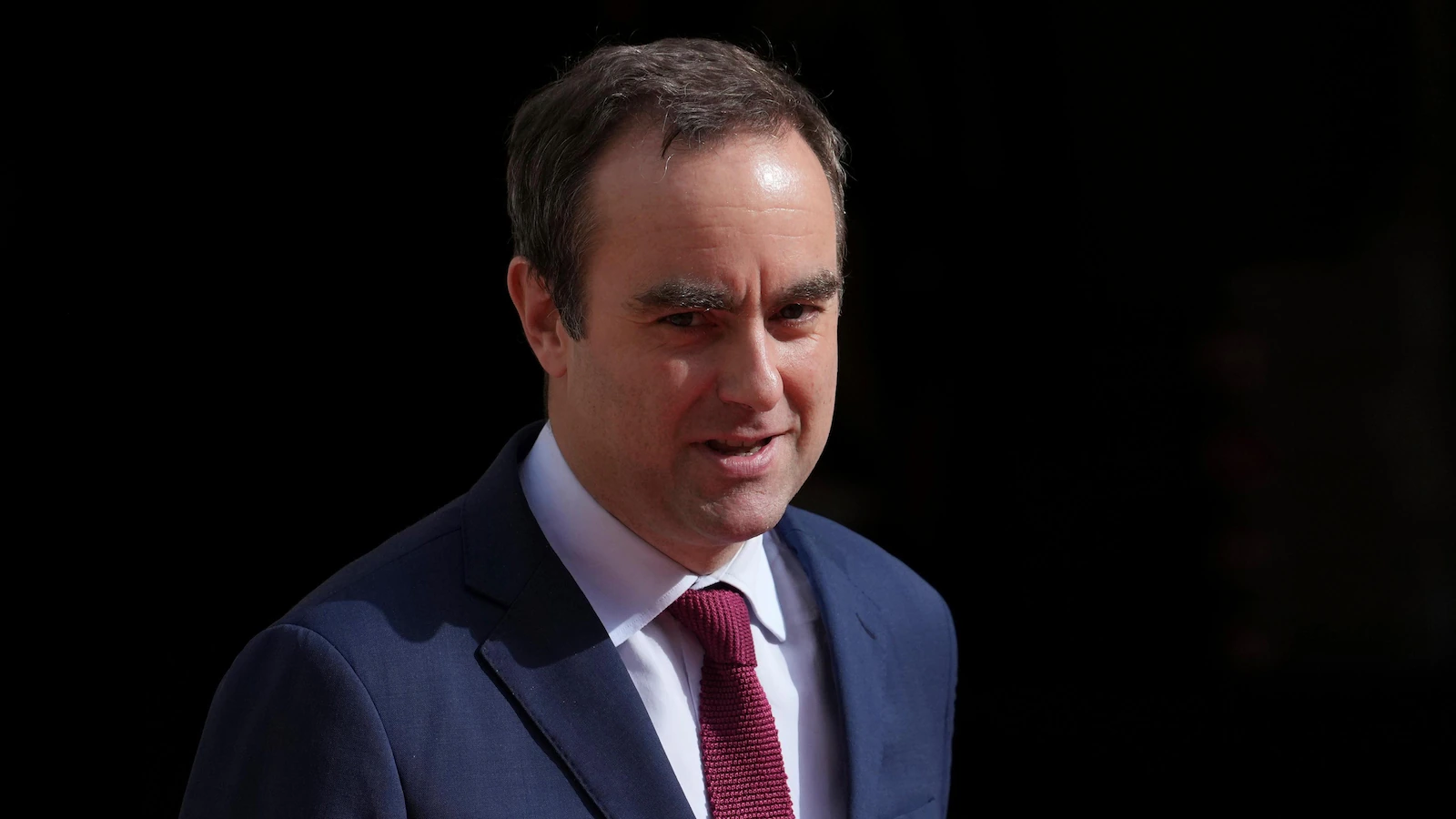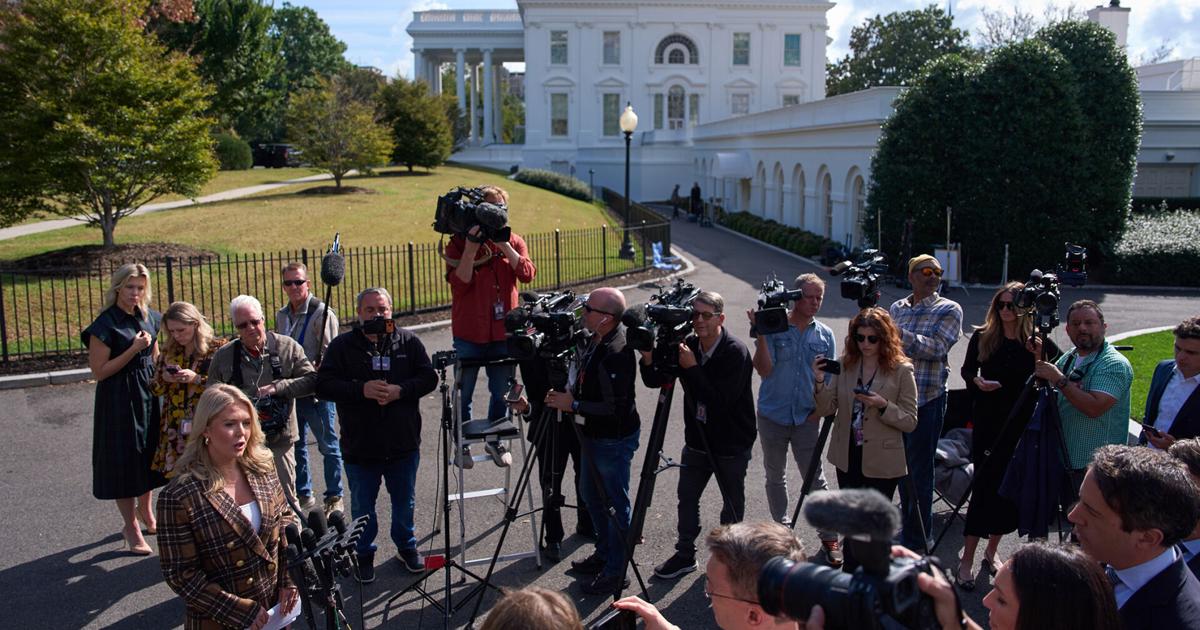
When Greensboro leaders discuss the city’s housing situation, the word ‘crisis’ often comes up.
The need for housing to meet demand inspired Greensboro City Manager Trey Davis to unveil the Road to 10,000. The plan sets a goal of at least 10,000 new housing units in the city by 2030 by easing regulatory burdens to allow for more housing construction.
The plan has widespread support among sitting members of the Greensboro City Council, but it will be up to the next council to see the initiative through during its critical period.
With at least three new members guaranteed to join the council next term, the next council could take a different view of the plan.
Many of the candidates running said they support the proposal, while others have questioned the details of the initiative.
As the city seems poised to continue adding new housing in the coming years, the new council is also likely to face its fair share of conflicts regarding the locations and sizes of housing developments.
The issue of housing density is yet another point of disagreement among some of the candidates.
Where the candidates stand on the Road to 10,000
The four candidates hoping to succeed Mayor Nancy Vaughan hold differing views.
Mayoral candidates Marikay Abuzuaiter and Robbie Perkins are supportive of the Road to 10,000 initiative.
Abuzuaiter, who has served as an at-large council member since 2011 and as mayor pro tem since January, wrote in her questionnaire that the plan is “a specific goal that we are all excited about working towards completing.”
Perkins, a former mayor who works as a commercial real estate broker, said the city will have to make significant gains in the housing supply to keep housing affordable.
“Unless we can help produce substantial numbers of new homes and apartments, prices of existing homes will rapidly increase, affecting our existing citizens and new residents moving to the area,” Perkins wrote.
Perkins pointed to a recent report from the Ohio-based consulting firm Bowen National Research, which found that Guilford County is expected to have a housing shortfall of 33,210 units through 2029.
Guilford County, North Carolina’s third largest county, also had the state’s third largest projected housing shortfall, according to the report, which was commissioned by the N.C. Chamber Foundation, N.C. Home Builders Association and NC REALTORS.
A 2025 report from the nonprofit N.C. Housing Coalition ranked Guilford County as seventh out of the state’s 100 counties for number of evictions.
Renee Norris of the Center for Housing and Community Studies at the University of North Carolina at Greensboro said she has witnessed the stresses that many residents face regarding housing.
Norris heads up the center’s Eviction Mediation Program, working to help renters facing evictions. The center collaborates with Legal Aid in the Tenant Education Advocacy Mediation (TEAM) Program to support people in court.
Over the past four years, she said the center has provided help to 3,400 outside of court, as well as 3,700 people in court through March of this year.
She said that helping people who have been evicted get new housing is “very difficult because the prices have gone up significantly.”
“When we first started, we were tracking it, you’d be in court and you might hear rents that were $500, $600, $800 towards the max,” Norris said. “Now you’re hearing rents that are $1,600, $1,300, $1,400.”
When it comes to solving the city’s housing crisis, however, not all candidates agree that the plan put forth by Davis is the best approach.
Mayoral candidate Akir Khan said that he does not support the plan because he does not believe developers in Greensboro are equipped to meet that level of production.
“Without a major financial and logistical overhaul, this plan is unrealistic,” Khan wrote in his questionnaire.
Mayoral candidate Mark Cummings was also skeptical of the plan. He questioned whether the plan would “further enlarge the economic gulf between east and west Greensboro by concentrating low-income housing only on one side of the city.”
Carla Franklin, one of the 10 candidates running for the three at-large seats in the election, said she opposes the plan in its current form because she believes the city needs to be more ambitious and fast-moving.
“Simply setting a number like ‘10,000 homes’ without a rigorous plan and performance metrics won’t solve our problems,” Franklin said.
Most candidates in the at-large field said they supported the plan or at least saw the need to add new housing.
Councilman Hugh Holston said that the plan “creates a shared responsibility and synergy of all who reside in Greensboro, not just the focus of the city council and staff.”
Richard Beard said a robust housing supply is essential so newcomers will reside within the city and pay taxes to support parks and institutions such as the Tanger Center and Greensboro Complex.
Councilwoman Jamilla Pinder, who is running for her first elected term after being appointed to the council in January, said that the Road to 10,000 is “a necessary step to address Greensboro’s housing shortage.”
Pinder added that her support of the plan is contingent on ensuring a significant portion of these new homes are truly affordable for middle-class and working families.
Irving Allen said the Road to 10,000 provides a starting point for meeting the city’s housing needs. Allen also said that he wanted to see the plan developed, along with policies such as zoning reforms and tenant protections, to ensure sustainable and affordable housing.
T. Dianne Bellamy-Small said she favors the plan “provided it includes true affordability, homeownership opportunities and options in walkable, well-connected areas.”
LaToya Gathers said she would emphasize tools such as zoning changes to facilitate more mixed-income developments and increase “smart infill development” that “can preserve neighborhood character while meeting demand.”
Michael McKinney echoed the sentiment, saying the city “must prioritize mixed-income development through transit-oriented density, zoning reforms and developer incentives.”
Denise Turner Roth said the Road to 10,000 plan is “necessary but not sufficient” because the city would need to grow well beyond that number. She also mentioned the need to develop adequate infrastructure to support new housing.
The density debate
In April, residents of Greensboro’s New Irving Park neighborhood fought a losing battle to stop a rezoning that promises to bring up to eight townhomes to a vacant corner located by the predominantly single-family home community.
Nearly every member of the city council made clear during that meeting that the city would need to increase density across the board, a sentiment that was expressed most bluntly by Councilwoman Goldie Wells.
“Everybody might as well get used to it, because when these things come to us, we are going to have to make decisions that are best for Greensboro, not for individual communities,” she said.
Stephen Sills, founder of the housing center at UNC Greensboro and now works as a consultant with the firm Innovation Research Insights, agreed that adding density will be critical to addressing the city’s housing shortage.
He said there are already examples of mixed densities in Greensboro neighborhoods.
“If you look at the old style of construction around town in the 1920s to 1940s, we often had quadplexes next to single-family homes,” he said. “They fit the character of the community. You can construct new construction that also fits the character of the community.”
At the same time, Sills said that “200-unit apartment complexes in historically single-family neighborhoods” are “probably not a tenable solution.”
“Scattered works better,” Sills said. “Infill works better, but by right multifamily within single-family neighborhoods is the way to go.”
Worries over the impact of increased density are among the top concerns typically expressed when residents speak out against new housing projects.
Residents in New Irving Park feel so strongly about the issue that they have taken the matter to court. In June, a group of 14 community members filed a lawsuit against the city, alleging that the city’s rezoning was an illegal spot zoning that benefited the developer to the detriment of the neighborhood.
Tim Souhan, a New Irving Park resident who is not part of the lawsuit but who has spoken out against the rezoning, said most of the council “dismissed us out of hand, which was pretty rough for people.”
There were only two exceptions, with the most notable being District 3 Councilman Zack Matheny, a New Irving Park resident himself, cast one of only two votes against the rezoning. Abuzuaiter joined him.
While Matheny has spoken in support of increasing housing in the city, he objected to the New Irving Park rezoning, saying that the developer’s plans were “not compatible in the land use of what is on this street and in this area” and that “there is no reason to go against a properly planned neighborhood.”
The project, Matheny said, “doesn’t revitalize, it ravages.”
In his questionnaire responses regarding density, Matheny said that he has supported infill developments in several instances where he believes they are appropriate.
“Smart, strategic development is key to a thriving Greensboro, and I’ll continue to support projects that strike the right balance between growth and neighborhood integrity,” Matheny said.
April Parker, one of Matheny’s opponents in the District 3 race, said in her questionnaire that “one of the main reasons I’m running for office is because I do not trust the current representative’s approach to development.”
“There’s been a lack of meaningful understanding around preventing displacement and far too much acceptance of the harmful, normalized existence of poor neighborhoods. Greensboro deserves better,” Parker said.
Parker added that she agreed that there needs to be more density, but noted that this “doesn’t mean large apartment complexes on every block.”
Mohamed Bashir, also running for the District 3 seat, agreed with the need to increase density. He said he favors expanding density in centrally located neighborhoods, as well as “improved community involvement and design guidelines that guarantee new high-density construction blends in with existing areas will allay neighborhood worries about density.”
In the District 4 race, which will decide who will succeed retiring Councilwoman Nancy Hoffmann, Nicky Smith has been critical of the council’s rezoning vote for New Irving Park and supportive of the residents fighting against the development.
Smith said in his questionnaire that he does not believe “that density has to increase across the board” and that the city can add new units in places where they fit, while also maintaining historic neighborhoods.
Steve Ignac, another District 4 candidate, said he also believes that widespread density increases throughout the city are not necessary, “because that could disrupt the character of well-established neighborhoods that people have worked hard to build and maintain.”
Ignac said he supports “filling in the gaps, like the underused lots and spaces we already have, especially downtown and along key corridors.”
Adam Marshall, who is also running for the District 4 seat, said that “it will be difficult to increase the supply of housing units without increasing density.”
Marshall said the city’s zoning regulations and comprehensive plan are “in place to secure smart and sustainable growth patterns.”
In the race for District 5, which does not have a primary this year, the candidates also disagree over the role of density.
Councilwoman Tammi Thurm said she sees a need for infill construction and increased density. In contrast, her opponent, Jeanette Davidson-Mayer, said that “increasing density before reviewing one’s own policies and procedures is like putting the cart before the horse.”
Outside of the western and northern areas of the city, there are also concerns about some types of density in the east. Specifically, both residents and candidates have voiced concerns that too much low-income housing is clustered in their part of the city, exacerbating and perpetuating poverty in the area.
Sills said that the distribution of lower-income developments is skewed to the east.
“While we have some high income and luxury development going on on the north and northwest side of Greensboro, we have concentrations of lower-income building going on in the east side of town and we don’t have the distribution of assets and resources equitably across that landscape,” he said.
Some of the candidates running in Districts 1 and 2, which cover the eastern side of the city, have made the concentration of low-income housing a major point in their campaigns.
Crystal Black, who is challenging Councilwoman Sharon Hightower in the race for District 1, said she agrees that the city will need to add density to address its housing challenges. However, she also said that “increasing density ‘across the board’ must not become code for placing the heaviest burden on historically underserved areas like East Greensboro and District 1.”
During the Sept. 17 council meeting, Hightower said she was sympathetic to those who had voiced concerns about the level of low-income housing in the east, but she ultimately voted to approve the sale of Regency Inn property for an affordable housing project, saying she did not believe she could pass up the opportunity to help vulnerable populations.
In her questionnaire, Hightower said that the city will “need to explore how responsible density can be accomplished in a way that supports sustainable development, community well-being and addresses environmental goals.”
In the open race to fill the District 2 seat currently held by retiring Councilwoman Goldie Wells,
“We can’t afford to keep building a city that works for some and leaves others behind,” Crawford said. “Density is one tool, but equity has to be the blueprint.”
District 2 candidate Monica Walker said the city needs to focus on creating mixed-income communities to “de-concentrate poverty and help raise the quality of life for all residents of our city.”
Irish Good and Jim Kee, the other candidates in the race, said they believed in the need to increase density.
Good said that increased density “enables cities to accommodate population growth by fulfilling the housing requirements of middle-class and working families,” while Kee pointed to the need to add houses to keep pace with economic development announcements.
kevin.griffin@greensboro.com
Get Government & Politics updates in your inbox!
Stay up-to-date on the latest in local and national government and political topics with our newsletter.
* I understand and agree that registration on or use of this site constitutes agreement to its user agreement and privacy policy.
Kevin Griffin
Get email notifications on {{subject}} daily!
Your notification has been saved.
There was a problem saving your notification.
{{description}}
Email notifications are only sent once a day, and only if there are new matching items.
Followed notifications
Please log in to use this feature
Log In
Don’t have an account? Sign Up Today



